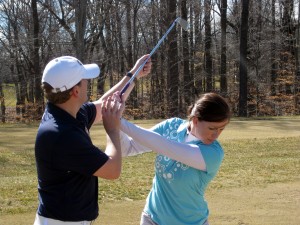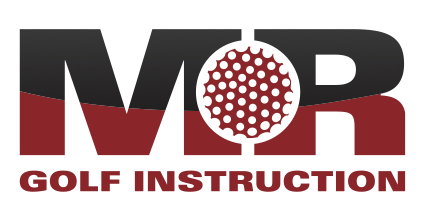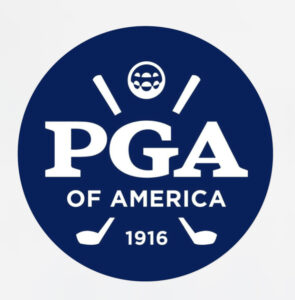
When you walk up and down the range, it’s amazing how fast people will work through a bucket of balls. A bad shot is followed up quickly by another ball, in hopes that the next swing will magically work out the problem in the previous swing. It’s a destructive pattern of sorts because it doesn’t help the player get any better, and simply creates confusion and bad habits. In giving lessons as much as I do, it’s become very clear to me that one of the best ways to eliminate anxiety and speed up improvement is to eliminate the golf ball.
This isn’t a new concept in the teaching community – great teachers have been doing it for years, and in many cases even remove the golf club too so that a player can focus on body movements. But players often don’t have the patience to do this kind of practice because it doesn’t provide the instant gratification of a golf ball flying down range. However, if done right, eliminating the golf ball can and will improve your game if you can have a bit of patience and know what to do.
The first piece of advice is to get with a good instructor who can show you exactly what you need to be working on in your game. I recently taught a student indoors where we hit directly into a net, and it was amazing how good the lesson went! His focus was drawn away from the ball flight and more into the correct movements and dispensing with old habits. We worked on feeling the club hinge sooner as well as getting him to feel a proper pivot into impact. All of these things take time and effort, and by doing them slowly without a ball it really helped him him get a better understanding of what we wanted to accomplish. As a teacher, I still had him hit balls, and I watched the ball flight using TrackMan and made my own adjustments if something was way off. But when he hit these shots he did so with a better understanding within his body of the right movements because he had practiced them without the ball. The anxiety of the ball flight was taken away, and his focus and relaxation improved tremendously.
Also, once you have a good understanding of what your instructor wants you to do, I would highly recommend using a mirror to put a “picture” to the movement in your mind. I am a big user of mirrors when I work with people on club/body movements so that they can see what they are doing. It helps them speed up the process and also eliminates any guess work on their part as to whether or not they are doing it correctly at the range. If they don’t have a mirror at the range, they now know what it feels like and where the club should be based on what they felt and saw when we worked together in front of the mirror. That is critical for them to practice on their own correctly. As the saying goes, “feel and real are two different things”, and they can get you in trouble and slow up your improvement if you don’t know what is right and what is wrong.
So if you really want to improve, invest in two things: a mirror and a good instructor. Then find a place you can practice at home for a few minutes each day working on your positions in front of that mirror. When you go to the range, use a few practice swings to get the correct feel and hit some balls in between practice swings. If you eliminate the anxiety of the ball at first, then practice with a “quality over quantity” attitude, your improvement will be well worth the time and effort.



